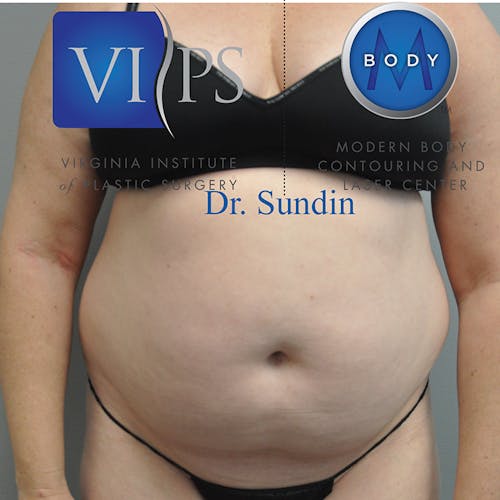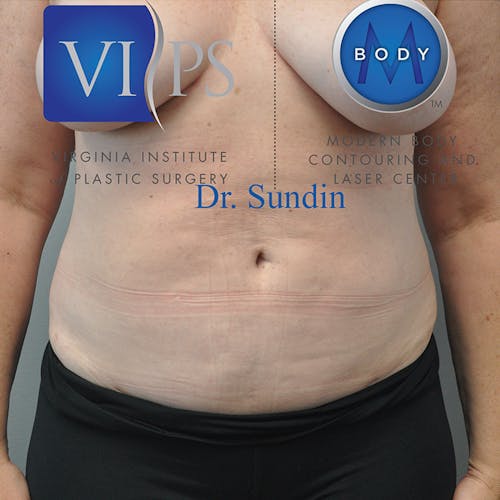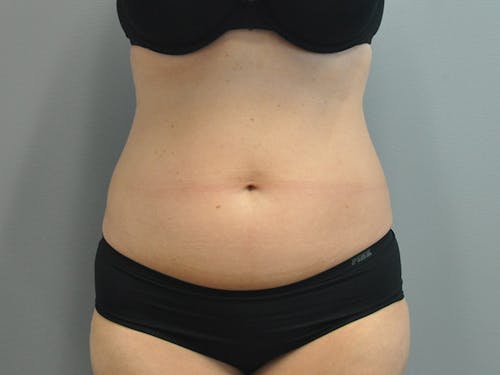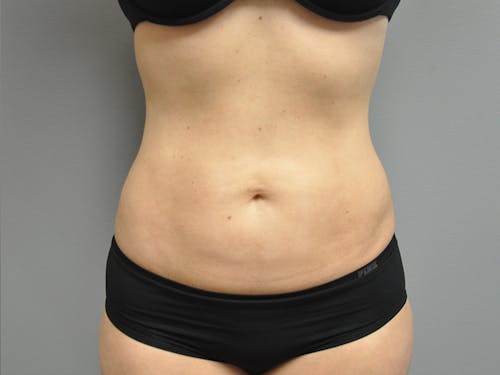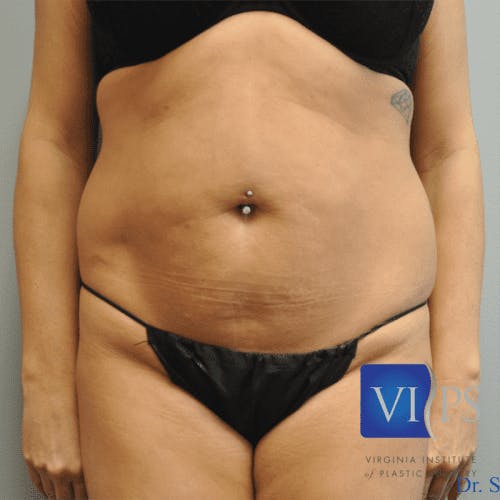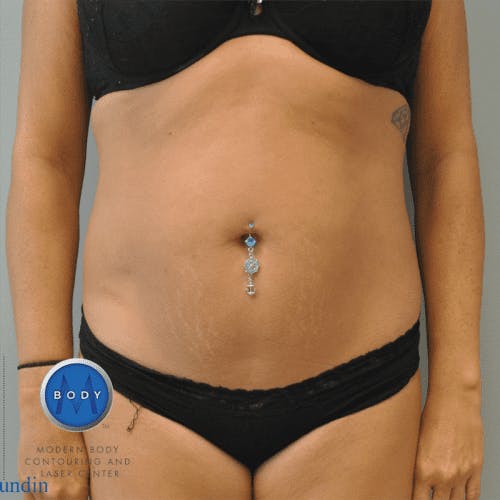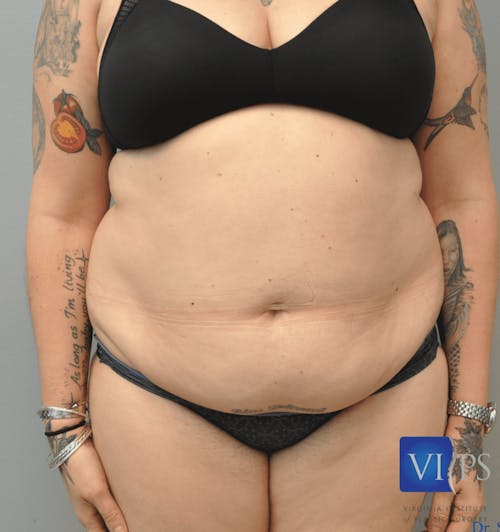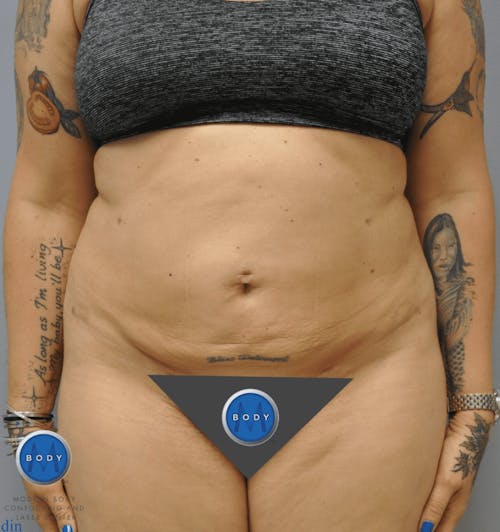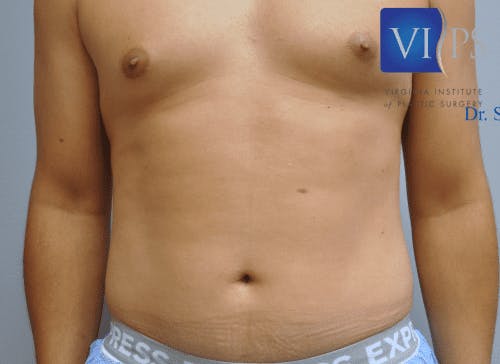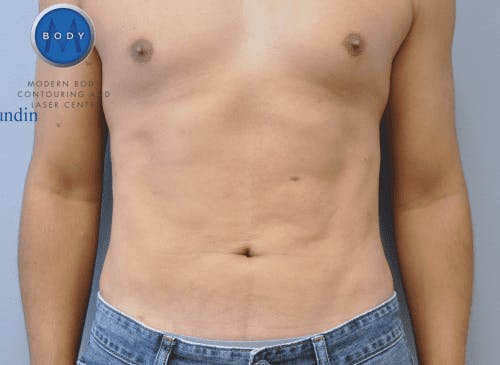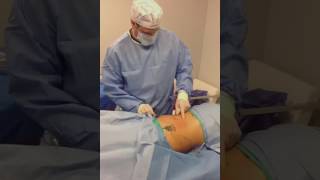When stubborn pockets of excess fat simply won’t respond to diet and exercise, liposuction in Richmond with Dr. Burton Sundin or Dr. Reps Sundin is an excellent solution.
Table of Contents
What is Liposuction?
If you’ve been exercising regularly and dieting diligently but still can’t seem to get rid of those stubborn bulges of fat, you’re certainly not alone. Many areas of the body store excess fat easily, refusing to give it up even when countered with the most healthy lifestyle choices.
Liposuction is a cosmetic surgical procedure that targets and removes excess fat deposits to enhance body shape and contour. Liposuction with Dr. Burton Sundin or Dr. Reps Sundin is an excellent solution when stubborn pockets of excess fat simply won’t respond to diet and exercise. You’ll enjoy a toned and fit silhouette by eliminating these fatty deposits.



Am I a Candidate For Liposuction?
When diet and exercise haven’t worked for you, and you want to get rid of persistent fat, you may be a candidate for liposuction in Richmond at VIPS. Candidates should meet the following criteria:
- Physically healthy and at a stable weight
- Realistic expectations
- Non-smokers or have stopped smoking
- Bulges that persist despite a healthy diet and exercise
- Over 18 years old
- Within 30% of their ideal body weight
- Have firm, elastic skin, and good muscle tone
We offer an impressive range of body contouring options at the Virginia Institute of Plastic Surgery. Dr. Burton Sundin or Dr. Reps Sundin will meet with you during your consultation, calling on a combined 30 years of experience to guide you to the treatment that is right for you and your personal goals.
Liposuction Videos

Schedule A Consultation
Contact Us
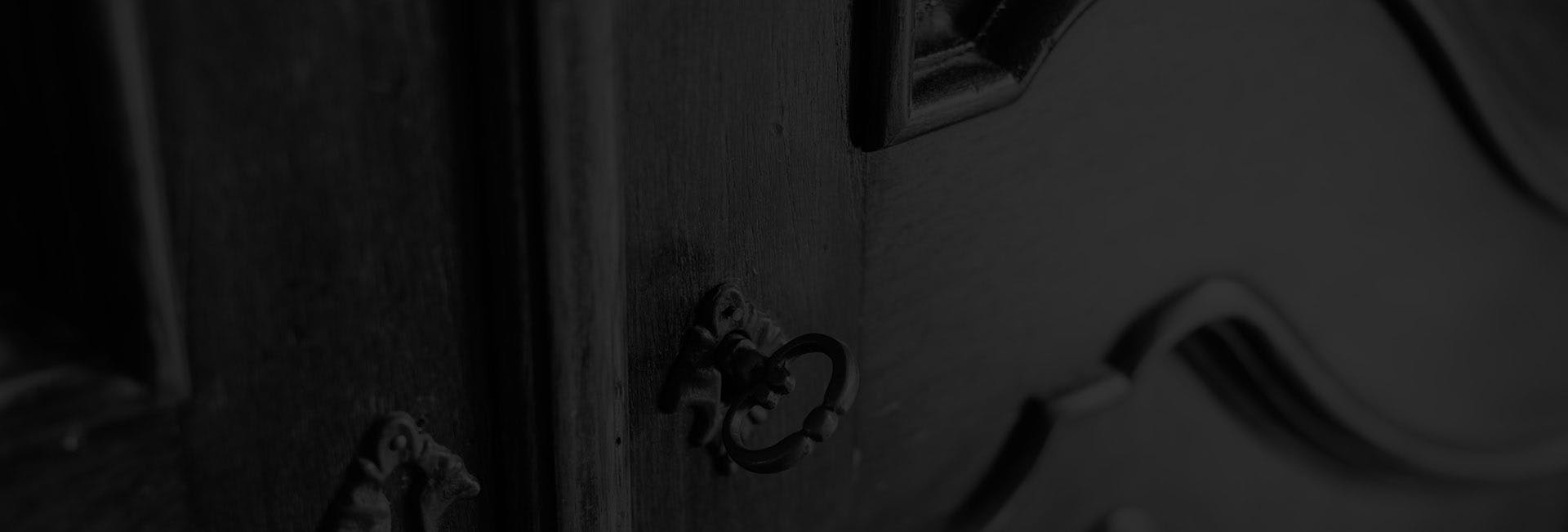
Burton M. Sundin, MD
Reps B. Sundin, MD
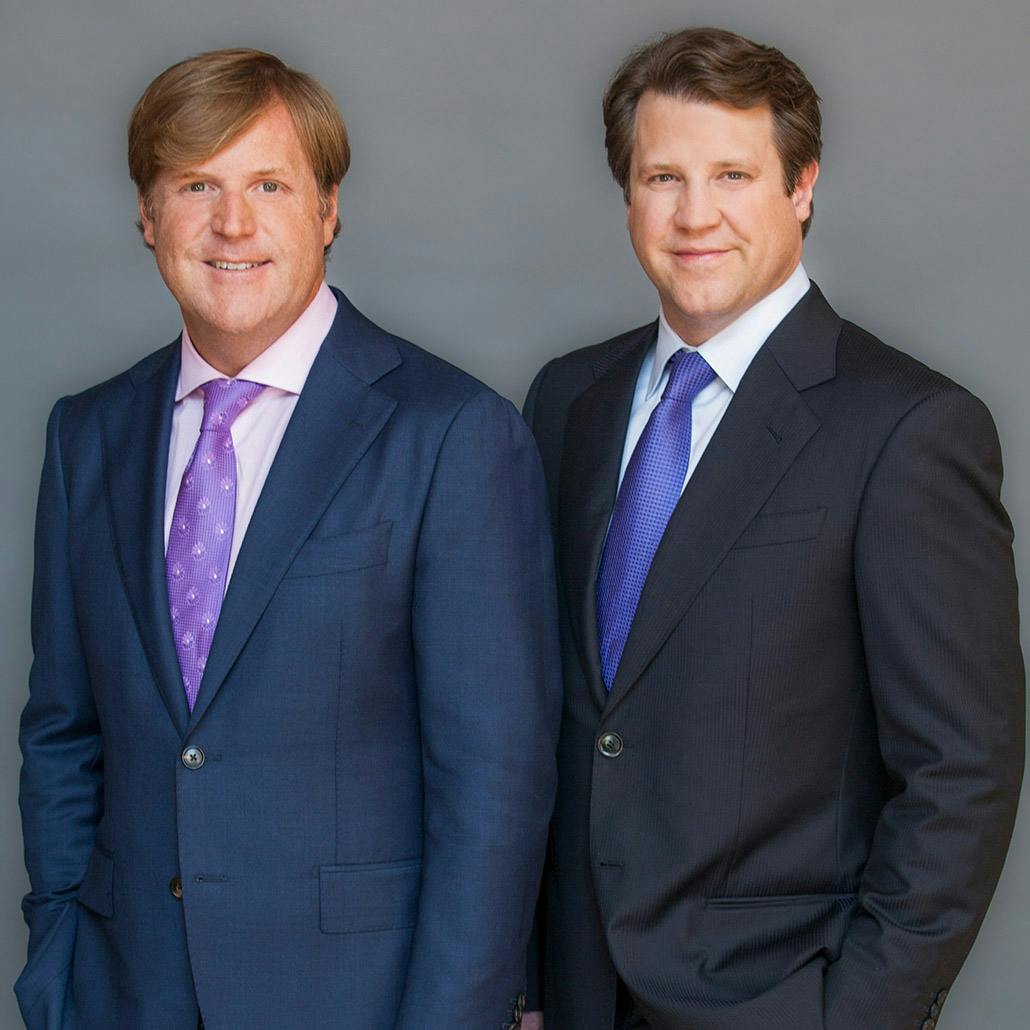
Crafting Your Desired Outcome
Liposuction continues to be one of the most common and most popular cosmetic surgery procedures because it is both simple, relatively low risk, and provides consistently excellent results. As with any surgical procedure, choosing the best surgeon is the most important step to ensuring a successful outcome. Dr. Burton Sundin and Dr. Reps Sundin are board-certified and highly experienced, offering patients a combined 30 years of experience. They remain committed to creating naturalistic results that truly enhance their patients’ lives. Our offices perform liposuction in the Richmond and Tysons Corner, and we’re excited to learn more about how we can help you.

Liposuction FAQ
Are there any risks to liposuction?
How long will my liposuction results last?
How soon can I exercise after my liposuction procedure?
Will liposuction address loose skin?
Can liposuction get rid of cellulite?
Are there any risks to liposuction?
Liposuction, like any surgical procedure, carries potential risks such as infection, bleeding, and anesthesia complications. However, these risks can be minimized by choosing a skilled surgeon and following pre and post-operative instructions.
How long will my liposuction results last?
The duration of liposuction results can vary for each individual, influenced by factors such as lifestyle habits, weight management, and natural aging processes. Maintaining a healthy lifestyle can help prolong the benefits of the procedure and enhance long-term satisfaction.
How soon can I exercise after my liposuction procedure?
The timing for resuming exercise after liposuction is typically determined by your surgeon, but it is generally recommended to wait several weeks to allow for proper healing and minimize potential complications.
Will liposuction address loose skin?
Liposuction primarily targets excess fat, so while it can improve mild skin tightening, it may not fully address significant loose skin concerns, which may require additional procedures like a tummy tuck or body lift.
Can liposuction get rid of cellulite?
Liposuction is not specifically designed to eliminate cellulite, but it may have a slight smoothing effect on the skin's surface in some cases.


